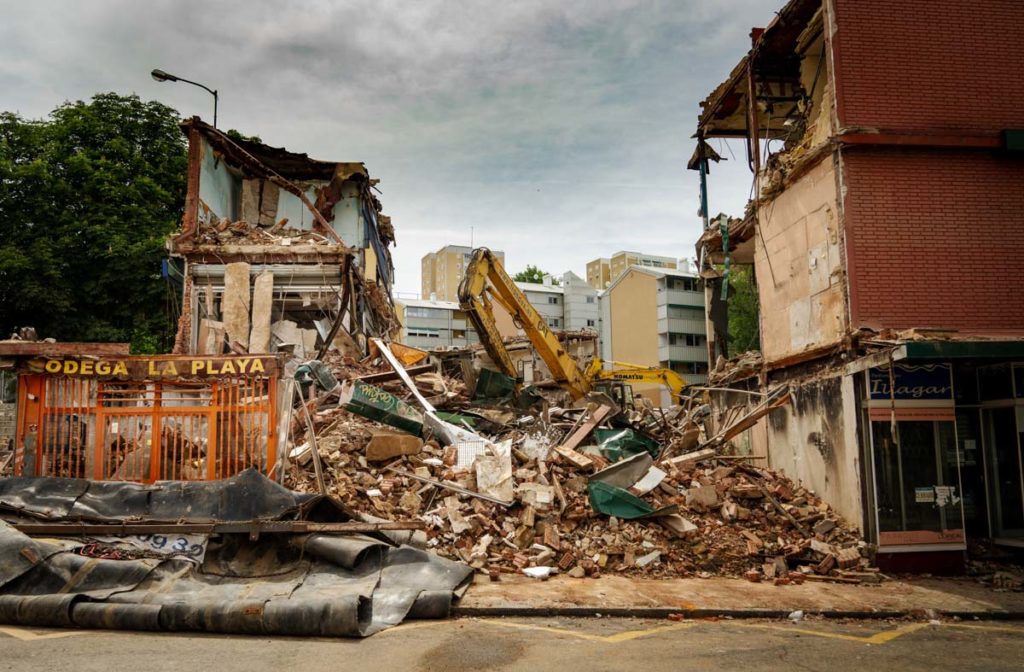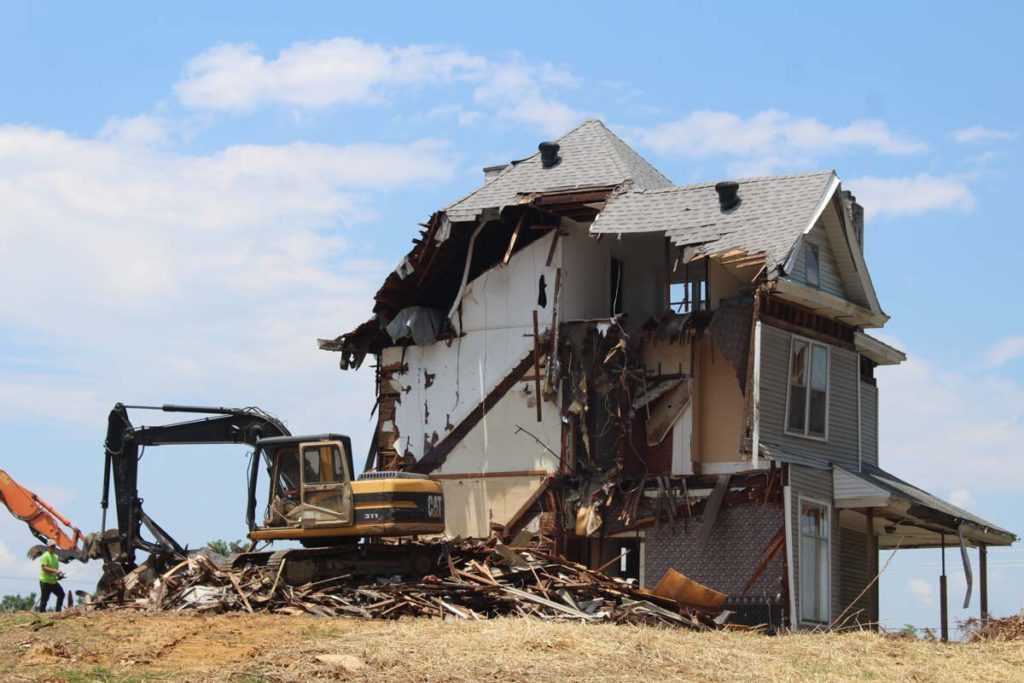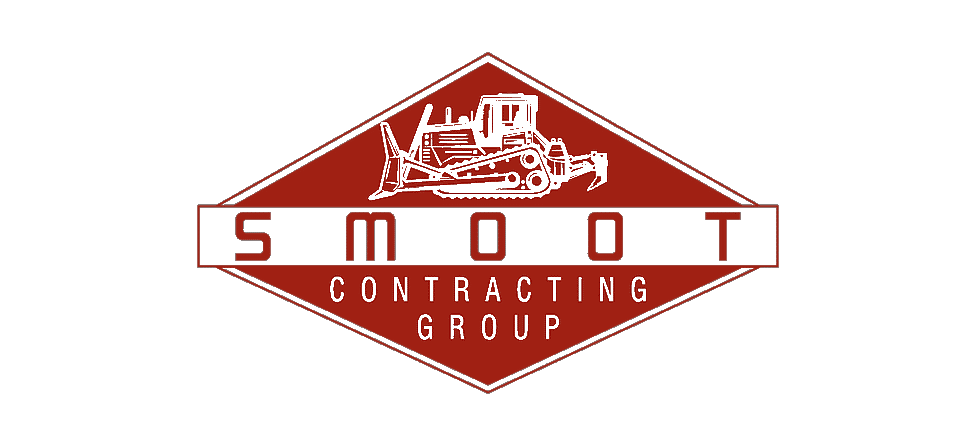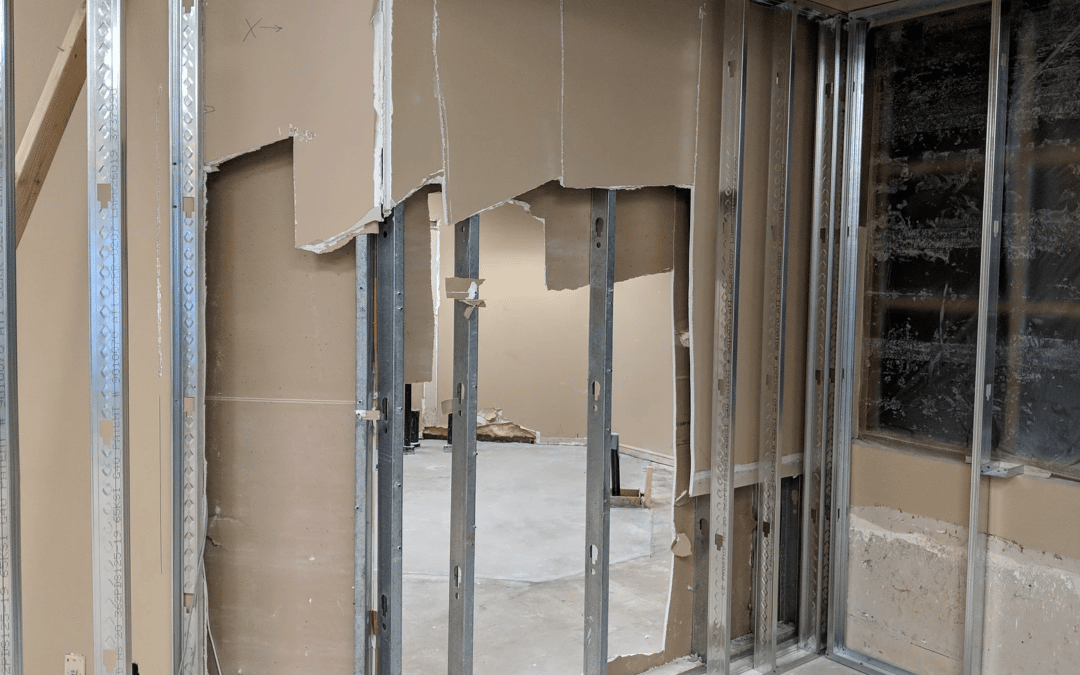If there is one thing that most people don’t initially consider when they are doing a building project is demolition. It’s often mistakenly considered as the knocking-down of an entire building, but it’s just not the case. A pre-demolition checklist could be a necessary part of your project, and it doesn’t matter whether you only need a part of the building demolished or not – it can be a part of your plan. For some project planners, demolition (or partial demolition such as a wall coming down) is a choice in the process. For others, it’s unavoidable due to asbestos and other chemicals. It can also be unavoidable in the quest to move your project forward, which means that you should really look into what to consider before a demolition.
Without careful consideration, a demolition can be disastrous for your building project. You need this to be right the first time because once things come down, they’re down. It’s a high-risk activity and there is much that you should think of pre-demolition before you can give the green light to go ahead. So, what to consider pre-demolition before the project begins?
Types of Demolition
Did you know that not all demolitions involve dynamite and an ACME plunger? There are different types of demolition to consider and you should think about this when you are making your pros and cons list. The different methods for demolition include:

- Explosives. Using explosives in demolition in a controlled environment allows you to bring down part or all of a structure in one fluid motion. There has to be exclusion zones and inspections pre and post demolition over a wide radius. You may also consider the neighbors!
- Hand Demolition. Smaller projects and smaller builds can often be demolished by hand. This is especially the case when there are site constraints and adjacent structures that aren’t to be brought down.
- Machine. This method reduces the need for construction workers to take big risks – especially when working at height. This includes swinging balls on a crane, hydraulic pushing arms and wire ropes.
- Other Methods. There are many other ways to demolish, including hydraulic expansion bursters, thermal reactions, drilling and sawing.
Demolition Risk Assessments
Any project involving demolition will come with risks, especially depending on the method that you choose to do the demolition in the first place. All risks and safety hazards must be assessed properly as part of the pre-demolition process, and any mistakes made can damage the structure of the building. Any demolition needs a professional team behind it, and there are several procedures that should be set up before you go ahead and demolish. These include:

- Site and security setups
- Demolition surveys have to be completed before the job begins, from asbestos surveys, structural surveys, hazardous material surveys
- Utility isolation and meter removal
- Disconnecting all utilities before the job begins
- Removing asbestos (health hazard to all)
- Stripping back the building to the basics
- Removal of windows and door frames
- Superstructure demolition
- Foundation demolition
- Slab demolition
- Site finishes
The risks that occur will depend on the nature of the demolition work that is needed. If you know you will need an explosion demolition you need extensive use of police presence to enforce those pre-determined exclusion. If the project is smaller, the demolition needs to be carried out more sensitively.
Time
How much time do you have for your project to be completed? If you are in a hurry, demolition is not a good idea. You have to be in the process and know how much time your entire project is going to take so you don’t rush. Rushing a demolition is going to be a bad idea for obvious reasons, so you have to make sure that your whole building project is planned carefully and with enough advanced time to make it worthwhile. Time assessments are as important as asbestos assessments – remember that!
Demolition Equipment
Demolition requires the right tools and if you don’t hire a professional demolition service, you could end up using the wrong ones. Going too cheap could also mean that your end result is not up to the preferred standard. The right equipment smooths out the entire process and the more money you pour into it, the higher results you are likely to achieve!
Is It A Must?
Lastly, you should ask yourself if it’s absolutely needed to go ahead and demolish the property. Demolition should be a last resort, and something that you do only as you need it. If there is no way around it, you should always contact the best demolition service possible to carry out the job properly.

